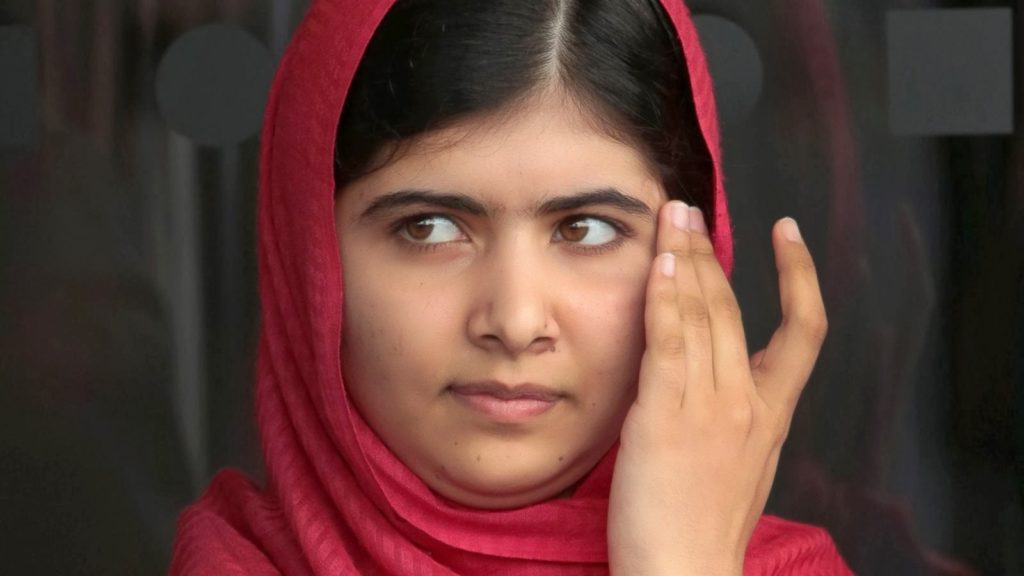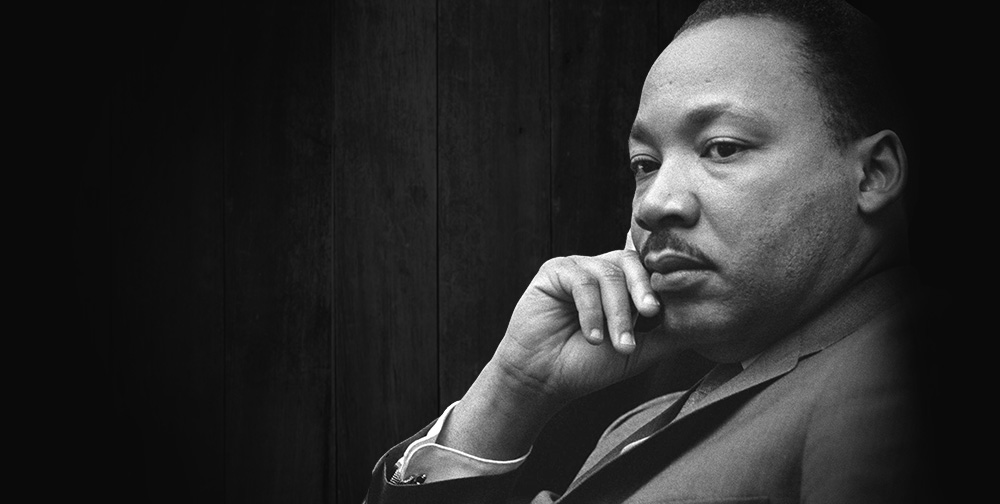Looking for a powerful way to communicate your vision and develop your leaders? I’m sharing key elements for creating a leadership vision and team inclusion. It emerged from the profound story of the recent Noble Laureate. Malala Yousafzai. I’ve been fascinated by her steadfast courage to speak out clearly about the conditions in Pakistan concerning education for children and girls in particular, and the intention of terrorist activities to silence her.
Courageous Leadership:
As leaders, one is expected to conceive a vision, yes even a courageous vision. You are expected to explore with and engage those who are influenced or impacted by your vision. A leader with an aligned team needs to see the message; and then be steadfast in the sharing the message and listening as others share their understanding.
Inspiring a shared vision is your job.
It’s not the work directly. It is the heart of the work- the meaningful purpose. In the article below, I write of Courageous Visions, reflecting on the elements of Martin Luther Kings “I have a Dream” message and Malala Yousafzai vision message to the United Nations. They have elements in common which you can use to articulate your vision. As leaders you inspire others through engagement in making meaning; finding and directing the power of alignment and energy toward something larger than the individual. At the end of the article, there are work sheets to draft meaningful vision for your work.
Authentic, Inclusive Conversation:
The second piece I would like to share with you is a TED Talk by Susan Cain: The Power of Introverts. She is the author of QUIET: The Power of Introverts in a World That Can’t Stop Talking. Many of us have a preference for introverted energy and work in a world where there is a large number of people with a preference for extroversion. The definition of the difference rests on where one finds their energy, where they are nourished. One would be in reflection and quiet. The other would be in engagement and conversation.
If we are to share a vision and reach an extended group of people needed to make a conscious shift to a powerful commitment we need to incorporate the authentic conversation. If we consciously illicit deep reflection and outward consistent messaging we would. This is using the preferences for Introversion and Extroversion to its fullest.
Full Article on Courageous Visions:
Key Elements for Leadership Vision: Two Nobel Laureates’ Perspectives
What is it about the communication of Martin Luther King Jr. and Malala Yousafzai? They are decades apart yet their message is universal and relevant to all of us.
After growing up in the late fifties and sixties, I listened to the communication of leaders at many levels. Being a child of Chicago, political discussions cropped up at every dinner table conversation. While I was unaware of good leadership skills, I still felt the power of effective communication. I sensed, even as a small child, unease and fear in the McCarthy hearings. In contrast, Eisenhower projected security in his calm pattern of communicating.
Then one of the most compelling and courageous English language visions in the twentieth century was delivered in August 1963: Martin Luther King Jr.’s “I have a Dream.” What made it touch us? Why could we see all and each of us in his dream? What made his words so powerful?
James Kouzes and Barry Posner studied effective vision communication of King and others, and identified the specific elements they incorporate. It’s these qualities combined with the ability to pull others into your vision that compel them to follow you and listen to your message. Here is their list of what inspiring vision requires:
- IDEAL: It speaks to hopes, dreams, contribution, and aspirations.
- UNIQUE: It reveals the extraordinary that makes us distinctive. It implies that being part of this vision will make us a part of something greater than ourselves.
- IMAGES: It asks us to remember our past and project our future in mental pictures.
- FUTURE ORIENTED: It offers a description of an exciting possibility we desire in the future.
- COMMON GOOD: It delivers a shared sense of destiny, a way to “belong” in the line.
Now we have another vision that historians will be referring to for years to come, one made by recent Nobel Laureate recipient, 16-year-old Malala Yousafzai to the United Nations on July 12, 2013. (You can listen to her addressing the United Nations).
Malala’s communication is an outstanding example of the defining elements of a vision. As Kouzes and Posner defined it, “A vision is an IDEAL and UNIQUE IMAGE of the FUTURE for the COMMON GOOD.” As Martin Luther King offered a way for conflicting factions to align in the United States, Malala offers the global community a symbol of a peaceful protest. I am using her story to provide examples of the elements of shared vision and how she inspires others to share in it.
- IDEAL: It speaks to hopes, dreams, contribution, and aspirations.
“I raise my voice … so that those without a voice can be heard, those who have fought for their rights—their right to live in peace, their right to be treated with dignity, their right to equality of opportunity, their right to be educated.” - UNIQUE: It finds the extraordinary that makes us distinctive. It implies that being a part of this vision will make us a part of something greater than ourselves.
“The terrorists thought they would change our aims and stop our ambitions, but … strength, power, and courage was born.” - IMAGES: It asks us to remember our past and project our future in mental pictures.
“I do not even hate the Talib who shot me. Even if there was a gun in my hand and he stands in front of me, I would not shoot him. I want education for the sons and daughters of all the extremists.” - FUTURE ORIENTED: It offers a description of an exciting possibility we desire in the future.
“Dear brothers and sisters, we want school and education for every child’s bright future. We will continue our journey to our destination for peace and education for everyone. No one can stop us.” - COMMON GOOD: It delivers a shared sense of destiny, what all group members want.
“So let us wage a global struggle against illiteracy, poverty, and terrorism and let us pick up our books and our pens. They are our most powerful weapons. One child, one teacher, and one book can change the world.”
In their book, The Leadership Challenge, Kouzes and Posner conclude that inspiring a shared vision is key among good leadership skills—and woefully lacking by leaders in organizations today. They explored the concept of vision and the excruciating need of it in the workplace and anywhere people needed to align to make a better outcome, future, and difference.
Need help crafting your vision?
If you’d like to explore the visioning process in developing leadership skills, as a singular act or as part of a group, please contact us, we have four worksheets (excerpted from The Leadership Challenge by Kouzes and Posner) which will stimulate your shared vision of the future.


Leave a Reply